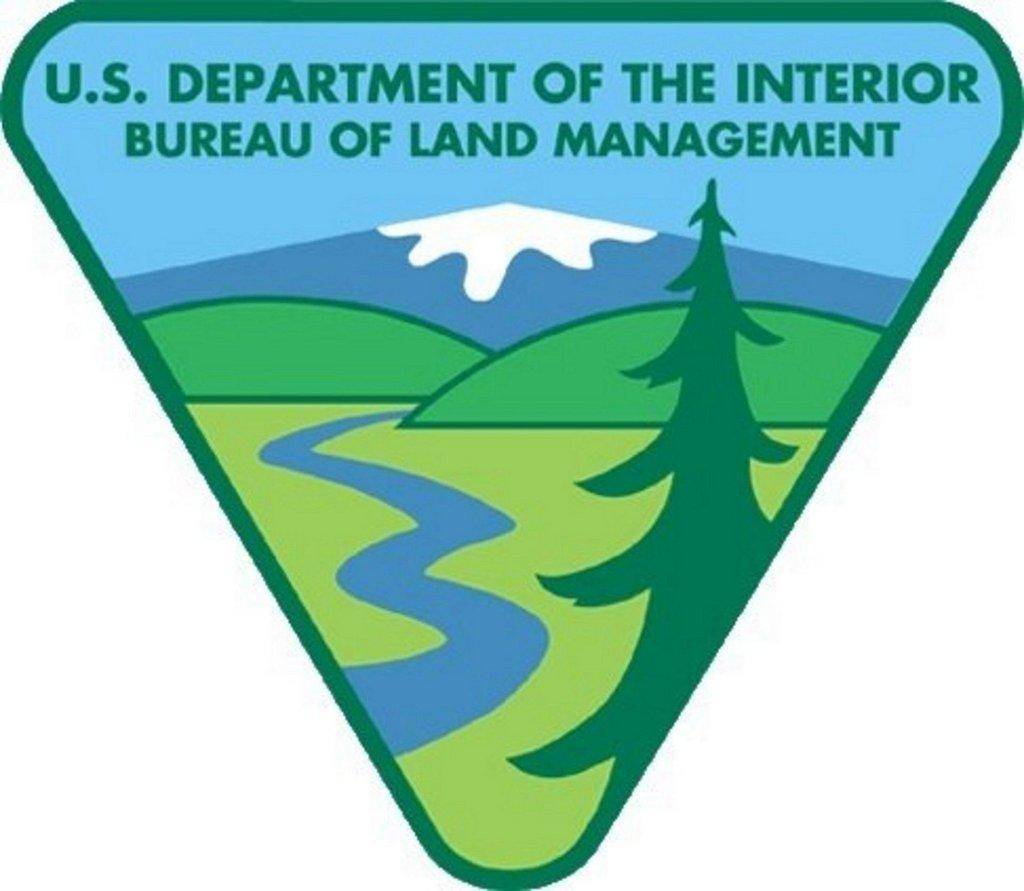Date: July 5, 2013
Contact: Beverly Gorny, 307-775-6158
The Bureau of Land Management (BLM) Wyoming State Office and the Western Area Power Administration (Western) seek public input on the TransWest Express Transmission Project Draft Environmental Impact Statement (EIS). The public has until Monday, Sept. 30, 2013 to review and comment on the draft EIS. The notice of availability of the document was published in the Federal Register on July 3, 2013, which started the 90-day comment period.
TransWest Express, LLC is proposing the TransWest Express Transmission Project, a 725-mile long extra-high voltage (EHV), direct current (DC) transmission line extending from south-central Wyoming to southern Nevada. The project is intended to provide the transmission infrastructure and capacity necessary to deliver up to approximately 3,000 megawatts of electric power from renewable energy resources in south-central Wyoming to a substation hub in southern Nevada.
The BLM and Western are co-lead federal agencies for the National Environmental Policy Act (NEPA) process for this project, and are working with cooperating agencies in Wyoming, Colorado, Utah and Nevada. Members of the public, government agencies, and Tribes are encouraged to provide comment on the draft EIS during the 90-day public comment period. The BLM and Western will host public meetings in the proposed project area during the public comment period which will be announced at least 15 days prior to the meeting through local news media and the BLM website.
The Draft EIS is available for downloading the BLM’s project website at: www.blm.gov/wy/st/en/info/
The BLM manages more than 245 million acres of public land, the most of any Federal agency. This land, known as the National System of Public Lands, is primarily located in 12 Western states, including Alaska. The BLM also administers 700 million acres of sub-surface mineral estate throughout the nation. The BLM’s multiple-use mission is to sustain the health, diversity, and productivity of the public lands for the use and enjoyment of present and future generations. In Fiscal Year 2012, activities on public lands generated $4.6 billion in revenue, much of which was shared with the States where the activities occurred. In addition, public lands contributed more than $112 billion to the U.S. economy and helped support more than 500,000 jobs.

